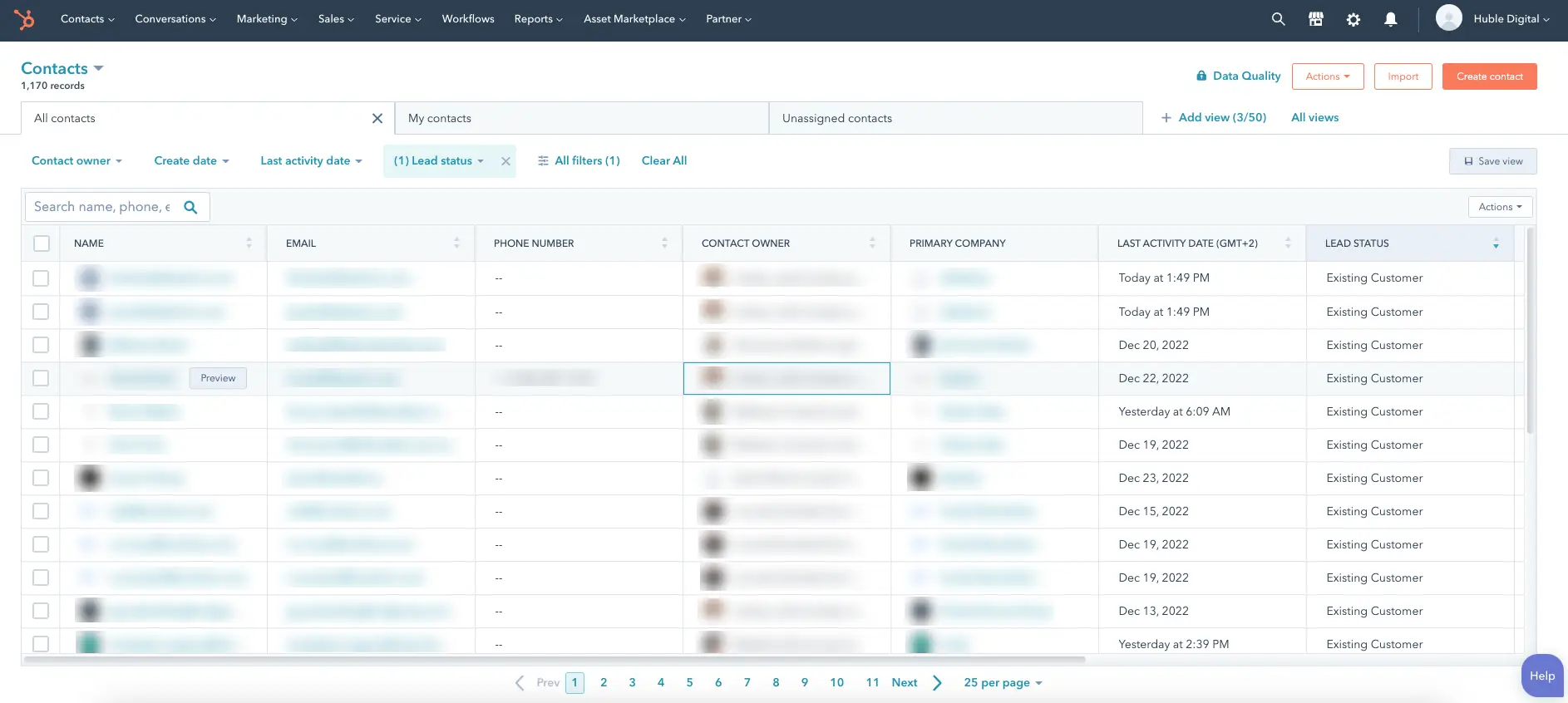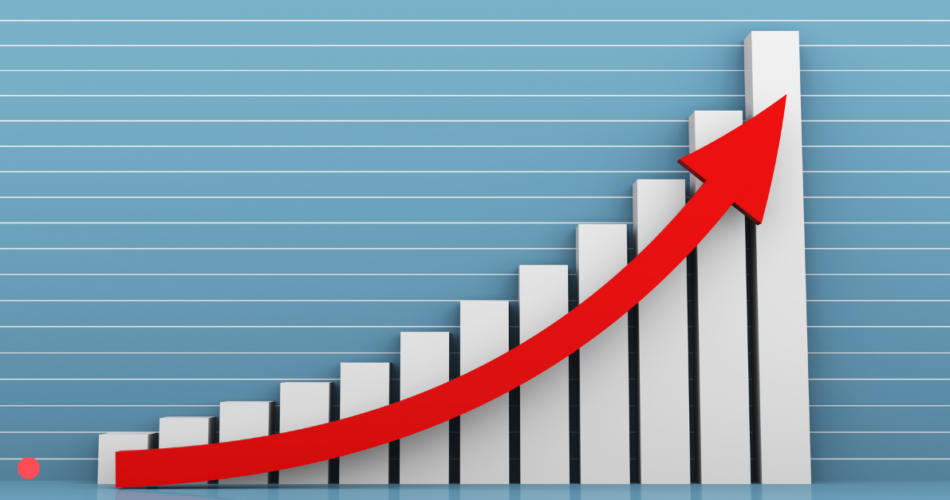Upselling isn’t a new concept and you’ve no doubt included it as part of your sales plan for 2023. But to ensure you’ve got all your bases covered, we’ve put together this guide with seven proven B2B upsell strategies.
We’ll also explore the benefits of B2B upselling, how to identify which customers are ready for an upsell, and how you can use CRM for more effective upselling.
By employing these B2B upsell strategies, you’re on your way to maximising your B2B sales.
Ready? Let’s get started!
What are the benefits of B2B upsell strategies?
Without proven strategies in place, upselling to customers effectively isn’t easy. Additionally, there are several other benefits of using B2B upsell strategies. These include:
- Increased revenue: Upselling allows you to increase your revenue by selling more expensive products or additional products or services to your customers.
- Stronger customer relationships: By offering value-added products or services to your customers, you can strengthen your relationships with those customers and encourage loyalty.
- Increased customer lifetime value: Upselling can increase the overall value of a customer to your business, as the customer is likely to continue purchasing additional products or services over time.
- Increased competitiveness: By offering a wider range of products and services, you can differentiate yourself from your competitors and become more attractive to potential customers.
- Improved customer satisfaction: By offering customers products or services that meet their needs and add value to their original purchase, you can improve customer satisfaction and build a positive reputation.
How do you identify if the customer is ready for an upsell?
Before upselling, you must first identify if the customer is open to additional offers. There are several ways to determine if a customer is ready for an upsell:
- Look for signs of satisfaction: If a customer is satisfied with their original purchase, they may be more open to considering additional products or services.
- Determine the customer’s needs: If a customer has expressed a need for additional products or services related to their original purchase, they may be ready for an upsell.
- Assess the customer’s budget: If a customer has a larger budget or has expressed a willingness to spend more money, they may be ready for an upsell.
- Evaluate the customer’s level of interest: If a customer shows a high level of interest in a product or service, they may be more receptive to an upsell.
- Consider the customer’s past purchases: If a customer has made multiple purchases from your business previously, they may be more likely to consider an upsell.
Seven proven B2B upsell strategies
1. Offer a premium version
Premium versions of products or services can be effective for upselling because they offer additional features, benefits, or exclusivity that may appeal to customers.
For example, a premium version of a product might be more durable, have more advanced features, or be made with higher-quality materials. A premium service might offer more personalised attention, faster turnaround times, or exclusive access to certain perks or benefits.
By offering a premium version, you can appeal to customers who are willing to pay more for a higher-quality or more exclusive product or service. This can be especially effective for customers who place a high value on quality or who are looking for a product or service that meets their specific needs or preferences.
2. Bundle products or services
Bundling involves offering a group of related products or services for sale as a package deal. It can be an effective way to upsell because it allows you to offer your customers a discounted price on a group of products or services that they might be interested in purchasing separately. This can be especially appealing to customers who are looking to save money or who are interested in purchasing several related items.
Bundling can also be an effective way for businesses to encourage customers to try new products or services they might not have considered otherwise. For example, you might offer a bundle that includes a new product that the customer might not be aware of, along with more familiar products that the customer is interested in purchasing.
Additionally, bundling can make it easier for you to upsell customers on more expensive products or services because the overall cost of the bundle may be more palatable to them.
3. Offer additional services
Similar to bundling, value-added services are additional services offered to customers in addition to the main product or service they are purchasing. These are often offered as part of an upsell because they can provide additional value to the customer, making them more likely to complete the purchase.
By offering value-added services, businesses can increase the size of the customer’s purchase and potentially increase their profits. Additionally, value-added services can help build customer loyalty by providing a personalised shopping experience that meets the customer’s needs and interests.
4. Provide incentives
Offering incentives such as discounts or freebies can be an effective way to encourage customers to purchase higher-end products, upgraded versions of products, or additional products or services.
For example, you might offer a discount on a higher-end product as an incentive for customers to upgrade from a basic version. This is effective because it gives the customer a financial incentive to purchase a more expensive and feature-rich product.
Incentives can also encourage customers to purchase additional products or services. For example, you could offer a gift with the purchase of a certain product as an incentive for customers to add the product to their order.
5. Personalise the offer
Tailoring the upsell offer to the individual customer’s needs and preferences can increase its effectiveness.
For example, if you have data on a customer’s purchase history and preferences, you can use this information to recommend products or services that would be of particular interest to the customer.
By making personalised recommendations, you can increase the likelihood that the customer will be interested in purchasing additional products or upgrading to a higher-end product.
Personalisation can also be used to tailor marketing efforts to specific customers. For example, if you know that a customer is interested in a particular type of product, you can target your marketing efforts towards that customer and promote related products or services.
6. Follow up
Following up with customers allows you to maintain a relationship with the customer and keep your products or services top-of-mind.
For example, if a customer has recently purchased a product from you, you could follow up with them to ask if they are satisfied with their purchase and to see if they have any additional needs or questions.
This can be an opportunity for you to introduce the customer to additional products or services that they offer, or to upsell the customer on an upgraded version of the product they have already purchased.
Following up with customers can also be an opportunity for you to ask for feedback and to gather information about the customer’s needs and preferences.
This information can be used to tailor marketing efforts and product recommendations to the individual customer, which can increase the chances that the customer will be interested in purchasing additional products or upgrading to a higher-end product.
7. Cross-sell
As mentioned above, cross-selling involves offering related or complementary products or services to a customer who is already interested in a particular product or service. These related products can complement the customer’s purchase and provide additional value, making it more likely that the customer will complete the sale.
By offering related products or services, you can increase the size of the customer’s purchase and increase profits.
Using CRM for B2B upselling
A CRM system can be a powerful tool for B2B upselling. It can help you identify upselling opportunities by providing a detailed understanding of the customer’s needs, preferences, and purchase history.

Several CRM features help with upselling, including:
- Customer data: Store customer data such as purchase history, contact information, and interactions with the company to identify upsell opportunities.
- Sales analytics: Provides sales analytics such as customer lifetime value, average order value, and customer segmentation, which can help a business identify the best upsell opportunities.
- Personalisation: Personalise upsell efforts using customer data to tailor the offer to the individual customer’s needs and preferences.
- Automation: Automate upsell efforts by triggering emails or other communications to customers based on specific actions or events, such as making a purchase or reaching a pre-determined customer lifetime value.
- Collaboration: Facilitate collaboration among sales and marketing teams, allowing them to share customer data and insights and work together to identify and execute upsell opportunities.
One CRM system that’s proven to help with upselling is HubSpot. It’s a powerful solution that allows you to track customer interactions and data throughout the customer lifecycle, identifying opportunities to upsell.
HubSpot’s sales tools streamline the sales process and increase efficiency, while its marketing automation tools deliver personalised and targeted content to potential customers.
And its customer service tools help you build trust and loyalty with B2B clients through quick and effective support.
If you’re looking for a comprehensive platform to help you upsell to B2B clients, HubSpot is a proven solution that can also help with your B2B lead generation efforts.

Source link


